Tire size can be confusing. Some numbers on the sidewall are listed in millimeters while others are inches. Plus, the right size for your car, truck, or trailer can differ depending on where and how you drive.
You can see your original equipment tire size in your owner’s manual or on the placard generally located on the driver’s side door jam. This is the sizing recommended by the vehicle manufacturer.
If you’re interested in switching out your tires for a different look or performance, a good place to start is the numbers and other indicators on your existing tires’ sidewall. Next, have a tire professional help you determine a tire size range that will fit your vehicle and driving needs.
Here’s what those numbers and indicators on the sidewall indicate and how to understand them:
A: TIRE TYPE The first letter in the code tells you what class of tire it is.
P stands for passenger vehicle tire. P-class tires include cars, SUVs, crossovers, minivans and smaller pickup trucks.
LT means light truck tire, designed for vehicles that are capable of carrying heavy loads, towing trailers, or for those looking for an extra heavy duty option. These are often equipped on three-quarter or 1 ton trucks and SUVs.
ST stands for Special Trailer. These tire sizes are meant for trailers, including fifth wheels and other travel trailers, as well as boat and utility trailers.
If there’s no letter before the first number, you have a metric tire most commonly referred to as European size. It’s also measured in millimeters but may have a different load capacity than a P or LT tire.
B: TIRE WIDTH The three-digit number following the letter is the tire’s width (from side to side, looking at the tire head on) in millimeters. This may also be referred to as the section width.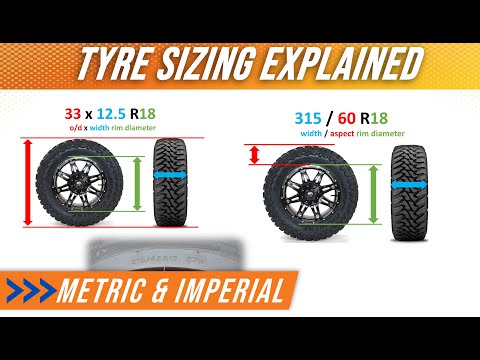
C: ASPECT RATIO The forward slash separates the tire width number from the two-digit aspect ratio. The bigger the aspect ratio, the higher/taller the tire’s sidewall, or “profile” as it’s sometimes called.
The aspect ratio is indicated on the tire sidewall as a percentage. It’s the height of the sidewall measured from wheel rim to top of the tread, expressed as a percentage of tire width.
In this example, the aspect ratio is 65, meaning the sidewall is 65 percent as high as the tire is wide. To get the sidewall height, take the tire width of 215 mm and convert it to inches (8.46). Then multiply this by 65% (.65). This gives you an answer of 5.5, the sidewall height in inches.
D: CONSTRUCTION TYPE This single letter tells you about the internal construction of the tire.
R is for radial tires, the industry standard for most tires today. They have better road grip, lower rolling resistance for better gas mileage, ride comfort and durability than previous generations of tires. In a radial tire, the plies — layers of strong cords made of a blend of polyester, steel and fabric and coated with rubber — are laid perpendicular to the direction of travel.
In a radial tire, the plies — layers of strong cords made of a blend of polyester, steel and fabric and coated with rubber — are laid perpendicular to the direction of travel.
D is for tires built with diagonal (crisscrossed) plies, called bias-constructed tires. They are also called conventional, x-ply, or cross-ply tires. Some motorcycle and trailer tires still use this internal construction.
Some run-flat tires are identified with an F followed by the type of internal construction.
E: WHEEL DIAMETER This two-digit number specifies wheel diameter in inches. It’s the distance between the two bead seat areas (where a tire gets tightly sealed onto the wheel).
F: LOAD INDEX The two-digit or three-digit number that follows the gap specifies tire load index. The load index symbol indicates how much weight a tire can support, based on the following standard chart. In our example, the load index is 89, which indicates the tire has a load capacity of 1,279 pounds, when inflated to the tire’s maximum air pressure rating.
G: SPEED RATING The last letter is the tire speed rating. This indicates the top speed it’s safe to travel at for a sustained amount of time. A tire with a higher speed rating can handle heat better and provide more control at faster speeds. The maximum operating speed of a vehicle is no more than the lowest speed rating of all tires mounted on the vehicle. (Of course, you should always abide by speed limits for safer driving.) Speed rating is usually, but not always, a single letter (see the chart).
Below you will find several charts that will help you understand tire sizing numbers, including a load index chart and speed rating chart.
A tire size calculator is a quick way to see whether the tire size you’re considering will likely fit your car, SUV, sports car, light truck or crossover.
But remember that is only an estimate. It’s important to stay within the sizing tolerances of your vehicle.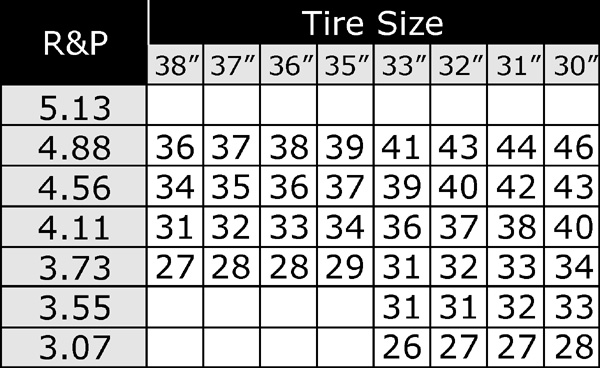 Tires that are the wrong size could cause some pull in the steering wheel, rub against the suspension or body of your vehicle, reduce clearance on hills, or result in a stiffer or noisier ride.
Tires that are the wrong size could cause some pull in the steering wheel, rub against the suspension or body of your vehicle, reduce clearance on hills, or result in a stiffer or noisier ride.
If you’re considering mounting a different tire size on your vehicle, check with a tire expert. Find out whether the tires and wheels you have your eye on are the right fit for your vehicle’s suspension, gearing, and bodywork. And ask how any differences in revolutions per mile, tire speed, load index, and speed rating will affect your ride quality and vehicle performance.
See how new tires and rims will look on your car or truck using our Virtual Wheels simulator, available at any Les Schwab.
Find Your Store
Sizing information molded on the tire sidewall provides a significant amount of detail about the tire. Once you know how to decode the data, you’ll be able to better understand the tire's intended purpose, dimensions, load capacity, speed and much more.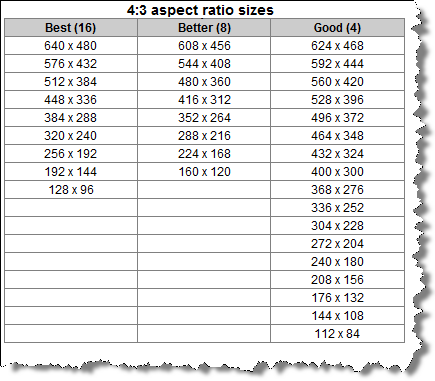
Some tire size designations start with a letter(s) that identify the type of vehicle and/or type of service for which they were designed. The typical letter for passenger and light truck tires would be P, LT, T and C.
Passenger tires that are designed based on the Tire and Rim Association’s (TRA) standard start with the letter P and are known as P-metric size tires.
Passenger tires that are designed based on the European Tyre and Rim Technical Organization’s (ETRTO) standard start without any letters. These sizes are known as hard-metric or Euro-metric size tires. Euro-metric sizes are dimensionally equivalent to P-metric sizes, but typically differ subtly in load-carrying capabilities.
Light truck tires that are designed based on the TRA’s standard often start with two letters: LT. LT signifies the tire is a light truck-metric size that was designed to be used on pickup trucks, which have higher cargo carrying and towing capabilities than passenger cars.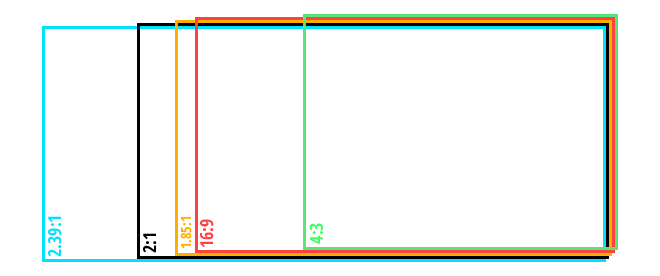
An example of this type of sizing convention is an LT215/75R15.
In older size conventions, the LT designation may be at the end of tire size. Those sizes are known as flotation light truck size. An example of this type of sizing convention is an 35x12.50R17LT.
A tire size that begins with a letter T signifies the tire is a temporary spare or mini-spare. This kind of tire is designed to be used temporarily, only until a flat tire can be repaired or replaced.
A Euro-metric size designed for carrying heavy cargo and/or towing trailers often ends with the letter C. C signified the tire is a commercial tread, intended for vans or delivery trucks that are capable of carrying heavy loads. 195/70R15C is an example of this type of sizing convention.
The three-digit number identifies the tire’s section width in millimeters.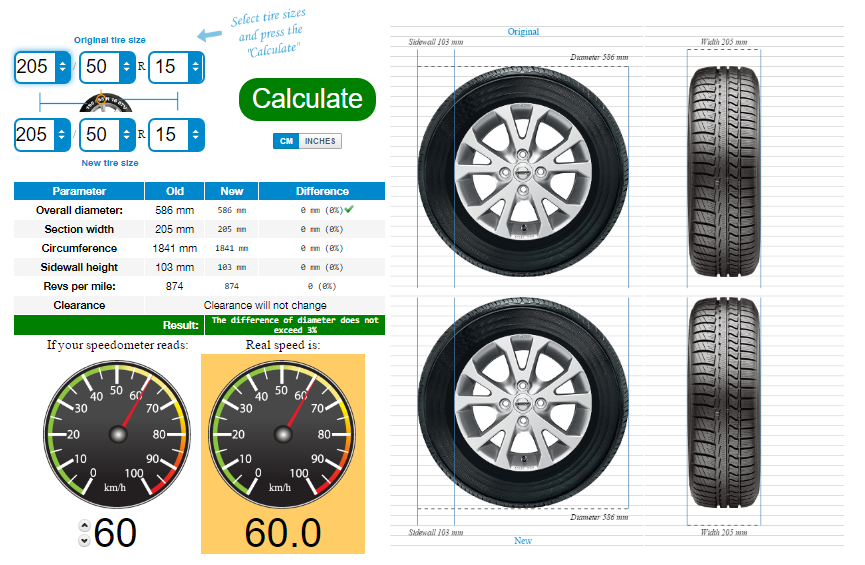 The actual tire may not match perfectly to this, but it is close.
The actual tire may not match perfectly to this, but it is close.
The two-digit number following the section width identifies the tire’s aspect ratio. Aspect ratio is simply identified as a percentage of the section height divided by the section width. In the example below, the aspect ratio of the tire is 70 percent, so the section height of tire will be 129.5mm. The higher the aspect ratio, the taller the tire sidewall.
A letter R following the tire aspect ratio identifies the tire's construction as a radial tire. In rare cases, a D will identify a bias ply construction, where the body plies crisscross on a diagonal.
In recent years, ETRTO has adopted F branding standards that allowed tire manufacturers to identify tires with self-supporting, run-flat constructions within the tire size designation.
The last two digits on tire size refer to the rim diameter, or the size of the wheel that the tire is intended to fit.
Service Descriptions
The two- or three-digits after the rim diameter, along with the letter next to it, are known as service descriptions. Service descriptions show the load index, which defines the maximum loading capacity of a tire, along with the speed rating, which determines the maximum speed allowed.
Service descriptions show the load index, which defines the maximum loading capacity of a tire, along with the speed rating, which determines the maximum speed allowed.
This table shows the typical passenger tire load index along with the maximum loading capacity. The maximum loading capacity at maximum pressure is also available on the tire sidewall. In this example, a load index of 116 on a P265/70R17 116 will be a maximum of 2,756 pounds of load per tire.
Passenger tires are also identified as light load (LL), standard load (SL) or extra load (XL) on the sidewall. This is the same in both P-metric and Euro-metric sizes, however, the inflation pressure at maximum load slightly varies between the two.
Light truck tires are identified by load range, which vary from load range B to load range F. The majority of tires in the market are load range C, D and E. This table shows the load index in the tire. Each load index in light truck sizes is also identified by two numbers.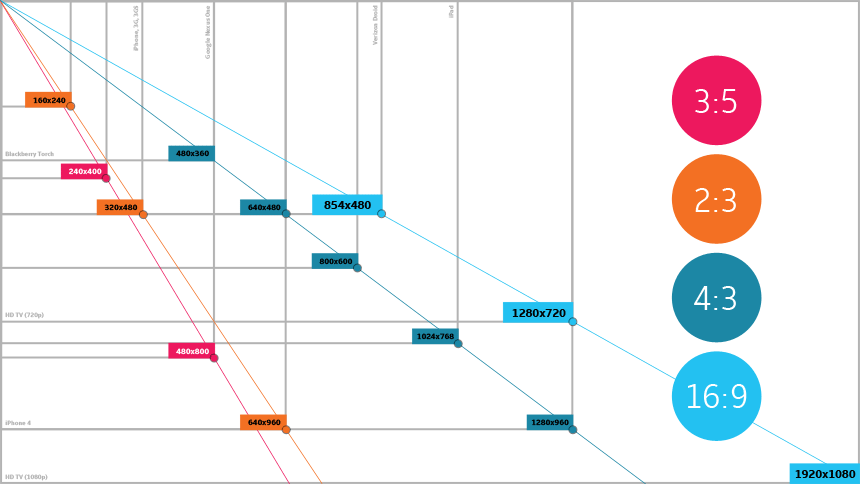 The first number is the maximum load in single wheel, and the second number is the maximum load in dual-vehicle applications. In this example, 121/118 represents the maximum load of 3,197 pounds in single and 2,910 pounds on a dual application.
The first number is the maximum load in single wheel, and the second number is the maximum load in dual-vehicle applications. In this example, 121/118 represents the maximum load of 3,197 pounds in single and 2,910 pounds on a dual application.
A tire’s maximum load is the most weight the tire is designed to carry. Since a tire’s load carrying capacity is related to the tire’s size and how much inflation pressure is actually used, maximum loads are rated with the tire inflated to an industry-assigned inflation pressure.
Never exceed the maximum vehicle load limit listed on the vehicle placard or in the owner’s manual. Never exceed the load carrying limits molded into the tire’s sidewall. Maximum load can only be carried at the maximum cold inflation pressure indicated on the tire’s sidewall. Overloading can cause excessive heat buildup, internal structural damage and may cause tire failure.
This following table illustrates the speed capability of tires. Speed ratings were established to match the speed capability of tires with the top speed of the vehicles to which they are applied.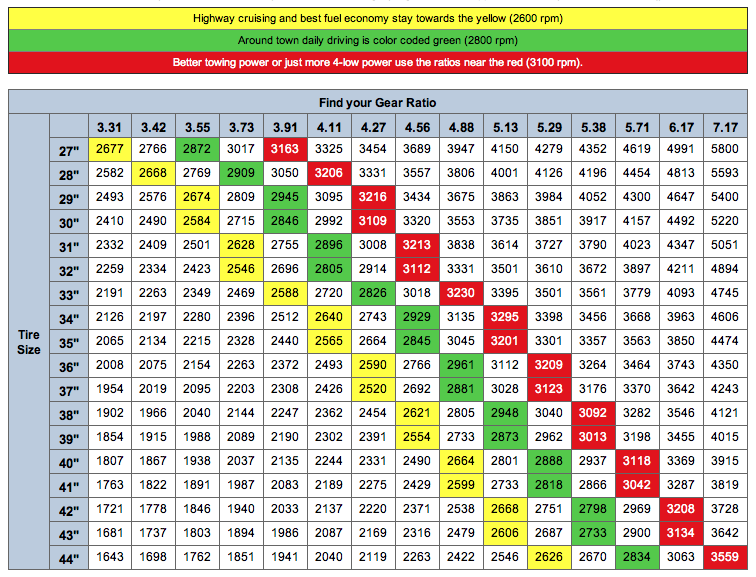 Speed rating does not suggest the speed of the vehicle, and only shows the maximum capability of the tire.
Speed rating does not suggest the speed of the vehicle, and only shows the maximum capability of the tire.
Regardless of the speed capability of your tires, never exceed lawful speeds or speeds dictated by driving conditions. Exceeding a tire’s speed capacity could cause overheating and sudden tire failure.
Do not allow the reading on the speedometer to exceed 35 mph if tires are spinning because the vehicle becomes stuck in mud, snow, ice, etc. When only one tire on an axle is spinning, its speed can be double what is indicated on the speedometer and can quickly exceed the capability of the tire. Never allow anyone to stand behind a spinning tire while attempting to push a vehicle. Speed and force can cause a tire to disintegrate and explode and may cause property damage, serious personal injury or death to you or a bystander.
A tire can only do its job of carrying a vehicle load when it’s properly inflated. Vehicle manufacturers assign a tire size with a specific tire pressure to carry the load of the vehicle and passengers, and provide the best balance of handling, traction, fuel efficiency and durability. This inflation pressure is almost always different from what is indicated on the sidewall. The sidewall indicates the maximum pressure and corresponding load for the tire, but the recommended pressure can always be found in the placard in the driver’s door panel.
This inflation pressure is almost always different from what is indicated on the sidewall. The sidewall indicates the maximum pressure and corresponding load for the tire, but the recommended pressure can always be found in the placard in the driver’s door panel.
In case of a tire size change, the proper inflation pressure will be recommended to maintain the same amount of load. Higher inflation pressure provides higher load capacity, which is why light load passenger tires have maximum load pressure of 35/36 psi, while extra load passenger tires have a maximum load pressure of 41/42 psi.
Underinflation and/or overloading of a tire causes excessive heat build-up and internal structural damage. Overinflation makes it more likely for tires to be cut, punctured or broken by sudden impact. These conditions may cause a tire failure, including a tread/belt separation, even at a later date, which can lead to an accident and serious personal injury or death.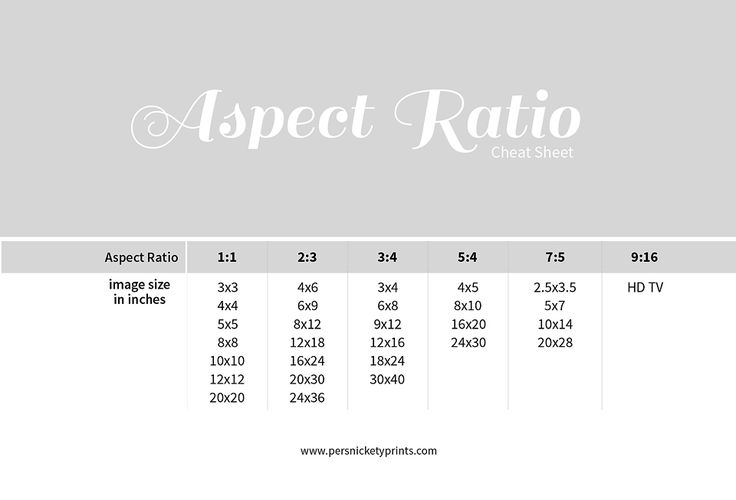
Do you want to choose a tire for your car, but do not understand tire markings well? It's not a problem! In this section, we will help you figure out what tire parameters are, what they mean, and which tire is right for your car.
Find tires / tire catalog
195/65 R15 91 TXL
195 is the tire width in mm.
65 - Proportionality, i.e. profile height to width ratio. In our case, it is equal to 65%. Simply put, with the same width, the larger this indicator, the higher the tire will be and vice versa. Usually this value is simply called “profile”.
Since the tire profile is a relative value, it is important to take into account when choosing rubber that if you want to put tires with a size of 205/65 R15 instead of the size 195/65 R15, then not only the width of the tire will increase, but also the height! Which in most cases is unacceptable! (except when both of these sizes are indicated in the car's operating book).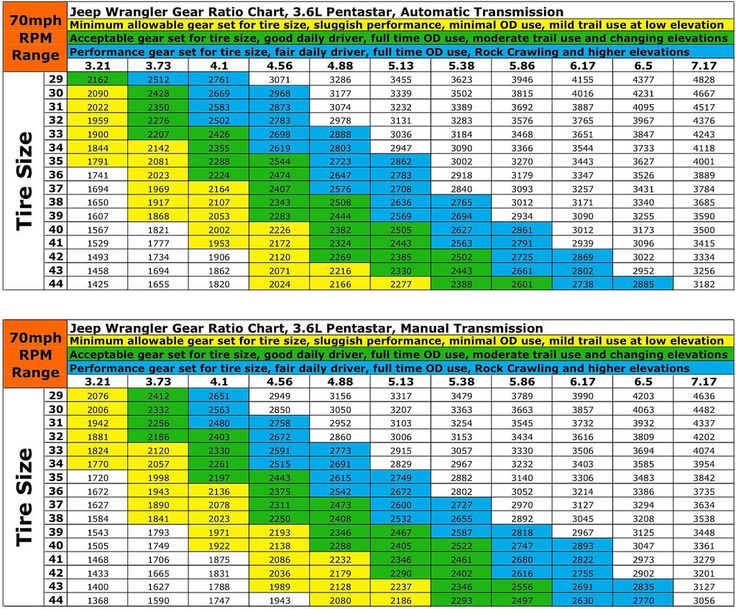 You can calculate the exact data on changing the outer dimensions of the wheel in a special tire calculator.
You can calculate the exact data on changing the outer dimensions of the wheel in a special tire calculator.
If this ratio is not specified (for example, 185/R14C), then it is equal to 80-82% and the tire is called full profile. Reinforced tires with this marking are usually used on minibuses and light trucks, where a large maximum wheel load is very important.
R - means a tire with a radial cord (in fact, almost all tires are made this way now).
Many mistakenly believe that R- means the radius of the tire, but this is precisely the radial design of the tire. There is also a diagonal design (indicated by the letter D), but recently it has practically not been produced, since its performance is noticeably worse.
15 - wheel (rim) diameter in inches. (It is the diameter, not the radius! This is also a common mistake). This is the “landing” diameter of the tire on the disk, i.e. is the inside size of the tire or the outside of the rim.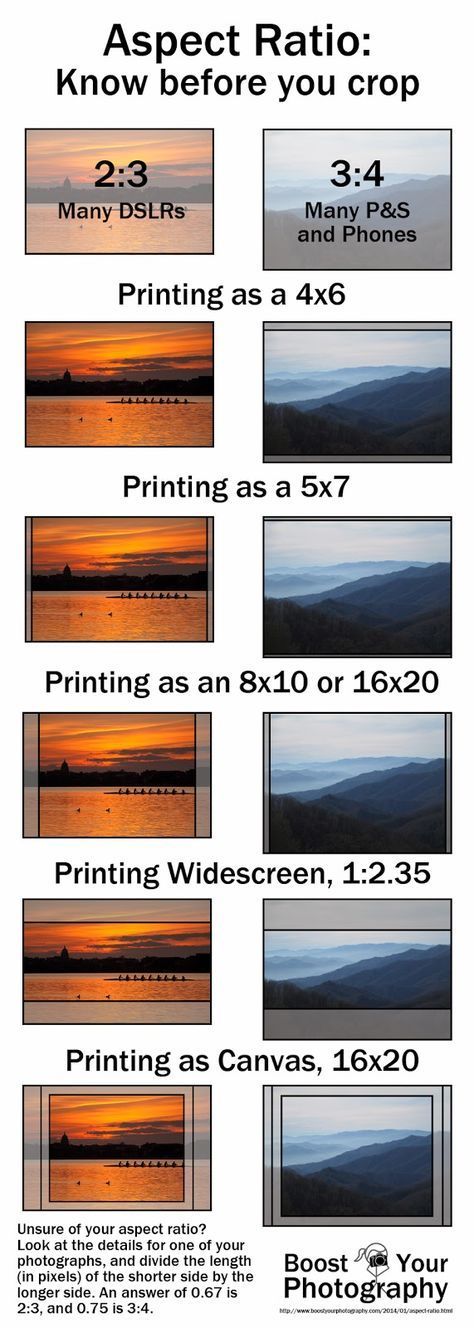
91 - load index. This is the level of maximum permissible load on one wheel. For passenger cars, it is usually done with a margin and is not a decisive factor when choosing tires (in our case, IN - 91 - 670 kg.). For minibuses and small trucks, this parameter is very important and must be observed.
T - tire speed index. The larger it is, the faster you can ride on this tire (in our case, IS - H - up to 210 km / h). Speaking about the tire speed index, I would like to note that with this parameter, the tire manufacturer guarantees the normal operation of the rubber when the car is constantly moving at the specified speed for several hours.
There are two different markings for American tires. The first one is very similar to the European one, only the letters “P” (Passanger - for a passenger car) or “LT” (Light Truck - light truck) are placed before the size.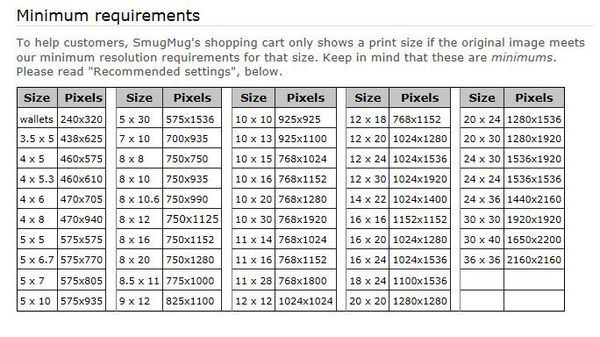 For example: P 195/60 R 14 or LT 235/75 R15. And another tire marking, which is fundamentally different from the European one.
For example: P 195/60 R 14 or LT 235/75 R15. And another tire marking, which is fundamentally different from the European one.
Example: 31x10.5 R15 (corresponding to European size 265/75 R15)
31 is the outside diameter of the tire in inches.
10.5 is tire width in inches.
R - a tire with a radial design (older tire models were with a diagonal design).
15 is the inner diameter of the tire in inches.
Generally speaking, except for inches that are unusual for us, the American tire marking is logical and more understandable, unlike the European one, where the height of the tire profile is not constant and depends on the width of the tire. And here everything is simple with decoding: the first digit of the standard size is the outer diameter, the second is the width, the third is the inner diameter.
XL or Extra Load is a reinforced tire, the load index of which is 3 units higher than that of conventional tires of the same size.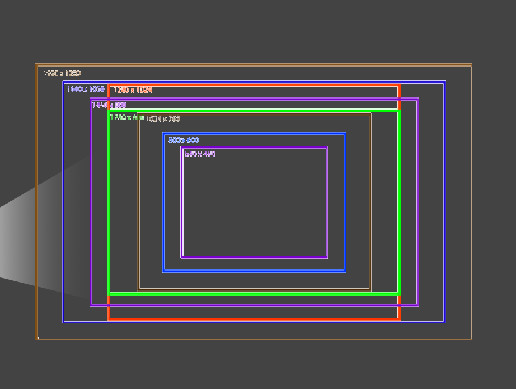 In other words, if a given tire has a load index of 91 marked XL or Extra Load, then this means that with this index, the tire is able to withstand a maximum load of 670 kg instead of 615 kg (see the table of tire load indices).
In other words, if a given tire has a load index of 91 marked XL or Extra Load, then this means that with this index, the tire is able to withstand a maximum load of 670 kg instead of 615 kg (see the table of tire load indices).
M+S or M&S tire marking (Mud + Snow) - mud plus snow and means that the tires are all-season or winter. Many summer tires for SUVs are labeled M&S. However, these tires must not be used in winter, as winter tires have a completely different rubber compound and tread pattern, and the M&S badge indicates good flotation performance.
All Season or AS all season tires. Aw (Any Weather) - Any weather.
Pictogram * (snowflake) — rubber is designed for use in harsh winter conditions. If this marking is not on the sidewall of the tire, then this tire is intended for use only in summer conditions.
Aquatred, Aquacontact, Rain, Water, Aqua or pictogram (umbrella) - special rain tires.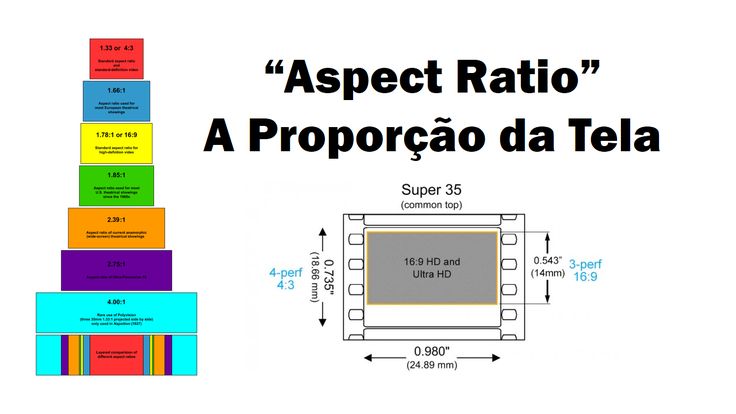
Outside and Inside ; asymmetric tires, i.e. It is important not to confuse which side is the outside and which is the inside. When installing, the Outside inscription must be on the outside of the car, and Inside on the inside.
RSC (RunFlat System Component) - RunFlat tires are tires that allow you to continue driving at a maximum speed of 80 km/h with a FULL tire pressure drop (puncture or cut). On these tires, depending on the manufacturer's recommendations, you can drive from 50 to 150 km. Different tire manufacturers use different designations for RSC technology. For example: Bridgestone RFT, Continental SSR, Goodyear RunOnFlat, Nokian Run Flat, Michelin ZP etc.
Rotation or arrow This marking on the tire sidewall indicates a directional tire. When installing the tire, you must strictly observe the direction of rotation of the wheel, indicated by the arrow.
Tubeless - tubeless tire.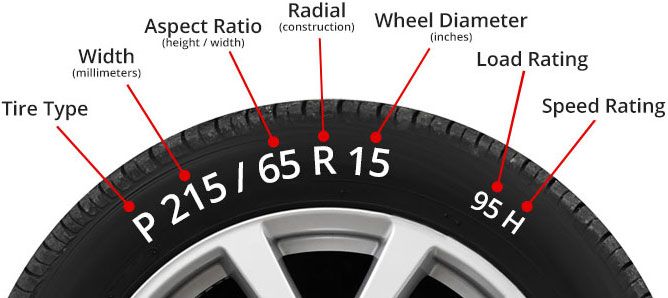 In the absence of this inscription, the tire can only be used with a camera. Tube Type - indicates that this tire must be used only with a tube.
In the absence of this inscription, the tire can only be used with a camera. Tube Type - indicates that this tire must be used only with a tube.
Max Pressure ; maximum allowable tire pressure. Max Load - the maximum allowable load on each wheel of the car, in kg.
Reinforced or the letters RF in the size (for example 195/70 R15RF) means that this is a reinforced tire (6 layers). The letter C at the end of the size (for example 195/70 R15C) indicates a truck tire (8 layers).
Radial this marking on the rubber in the standard size means that this is a radial construction tire. Steel means that there is a metal cord in the tire structure.
Letter E (in a circle) - the tire meets the European requirements of ECE (Economic Commission for Europe). DOT (Department of Transportation - US Department of Transportation) is an American quality standard.
Temperature A, B, or C Temperature resistance of the tire at high speeds on the test bench (A is best).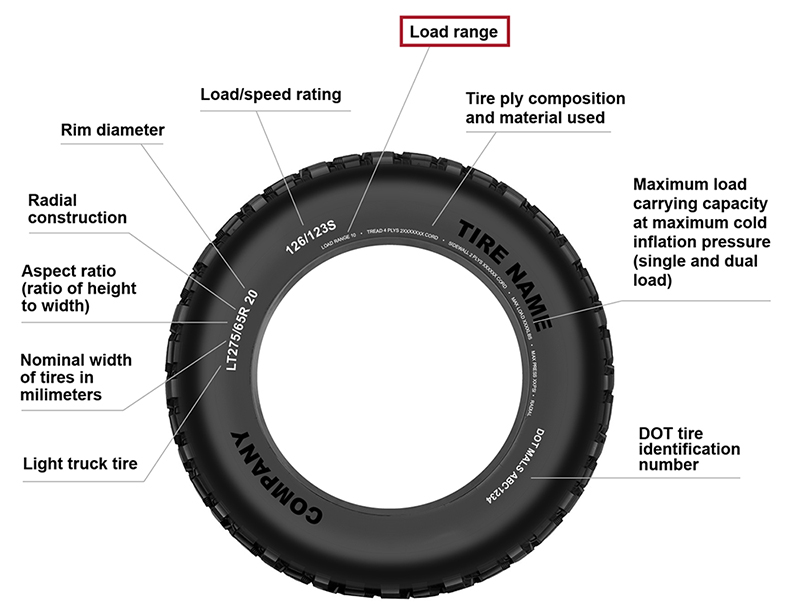
Traction A, B, or C Tire wet braking capability.
Treadwear ; relative expected mileage compared to a specific US standard test.
TWI (Tread Wear Indiration) - tire tread wear indicators. The marking on the TWI wheel can also be with an arrow. Pointers are located evenly in eight or six places around the entire circumference of the tire and show the minimum allowable tread depth. The wear indicator is made in the form of a protrusion with a height of 1.6 mm (the minimum tread value for light vehicles) and is located in the tread recess (usually in the drainage grooves).
DOT - Manufacturer's coded address, tire size code, certificate, issue date (week/year).
Find tires / tire catalog Contents:
The selection of tires is carried out taking into account a number of parameters - their diameter, width, and profile height must be taken into account; in addition, the speed index and the load index are of no small importance.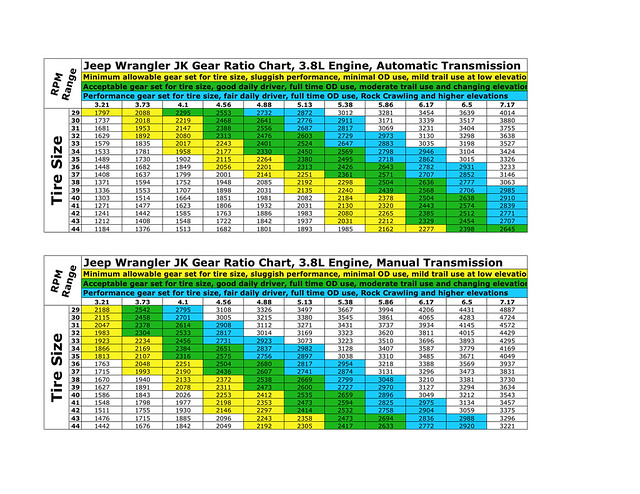 The manufacturer always indicates these indicators on the sidewall. What they mean will be discussed below.
The manufacturer always indicates these indicators on the sidewall. What they mean will be discussed below.
The value corresponds to the maximum permissible speed at which tires of this type can be operated. Accordingly, if a motorist plans to drive at a higher speed, it makes sense to think about buying tires with a higher index value.
| Index | K | L | M | N | P | Q | R | S | T | U | H | V | VR | W | Y | ZR |
Max. speed, km/h speed, km/h | 110 | 120 | 130 | 140 | 150 | 160 | 170 | 180 | 190 | 200 | 210 | 240 | >210 | 270 | 300 | >240 |
For example, if the tire has a mark that the speed index corresponds to the letter V, then this indicates that it is strongly not recommended to drive on these tires at a speed of more than 240 km / h.
This is a no less significant parameter, which, in contrast to the value discussed above, is indicated by a number. In the tire label, the load index factor follows the tire diameter.
For example, a value of 91 indicates that the maximum allowable load per tire cannot exceed 615 kg. Accordingly, the total load calculated on 4 wheels should not exceed 2460 kg. The full table of load indices contains coefficient values from 1 to 279. For passenger tires with a diameter of 13 inches, the load index can be, for example, 75.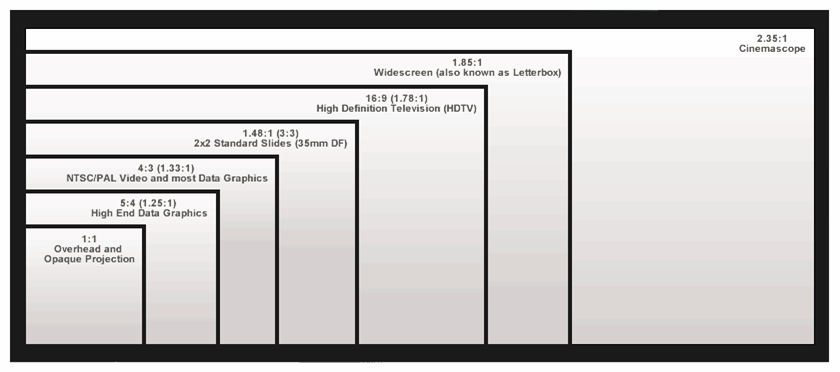 And for wheels with a diameter of R20, this coefficient will reach 120.
And for wheels with a diameter of R20, this coefficient will reach 120.
Load index table
Of course, the given load value does not mean that if it is exceeded, the tire will immediately be torn to pieces. A short-term excess of 20-30% is acceptable, but this should not become a habit.
According to EU regulations (ECE-R54), all tires that are planned to be used for commercial vehicles must be marked with a "Service Description" (translated as "Operating Conditions"). It is a special code next to the tire size, which carries information about the load index calculated for single and dual wheels (as an option - 102/100R).
The information must be recorded on both sidewalls of the tire. The 1st digit indicates the load capacity of the tire in the case of a single installation - the 2nd corresponds to the level of the maximum load on one tire with twin wheels. Additional markings are used to indicate the corresponding tire loads at higher speeds. Additional markings are always circled.
Additional markings are always circled.
205 - the width of the tire profile, indicated in mm. In this case - 205 mm .
55 - the value of the height of the tire profile in%, determined from its width. In the situation under consideration - 55% of 205 mm will be equal to = 112.75 mm.
Given that the tire profile is a relative value, the following point must be taken into account when choosing rubber: if instead of the size 205/55 R16 you want to install tires with the size 215/55 R16 , then not only the width of the tire will increase, but also her height! Such a situation is in most cases unacceptable (the only exception is the situation in which both sizes are given in the car's operating book). If this ratio is not given (as an option - 185 / R14C ), this means that its value is 80-82%, and the tire is considered full profile. Reinforced tires with this marking are most often used on minibuses and light trucks - in these vehicles, the maximum allowable wheel load is of great importance.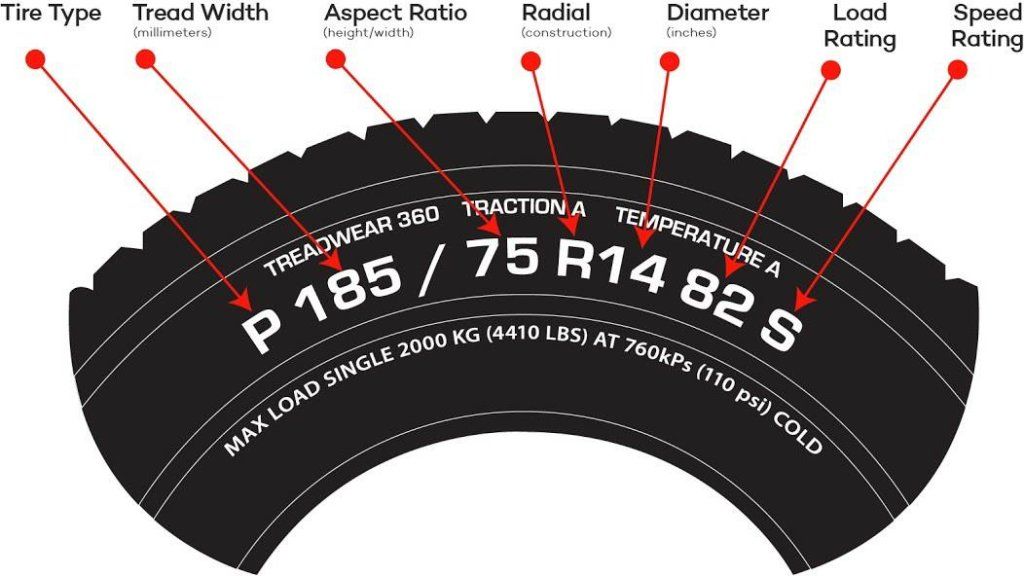
R - characterizes the design of the tire. In the situation under consideration, the tire is radial - the design determines the location of the carcass cord threads.
Consider designation R indicates the tire radius is completely wrong. The symbol refers solely to its radial construction. There is also a diagonal design (it corresponds to the letter D ), but today almost no one produces it. Reason: poor performance.
16 - the value of the diameter of the wheel (disk), indicated in inches. This diameter for the tire is internal, for the disk it is external. That is why it is called "landing".
94 - load index (it was already mentioned above). The interpretation of the most commonly used coefficients is given in the table of load indices. Often, the load is decoded on the tire itself: two numbers follow the Max Load inscription - the first in kg, the second in pounds.
H - tire speed index. Please note that with this parameter, the tire manufacturer guarantees the normal operation of the rubber when the vehicle is driven non-stop at the specified speed for several hours.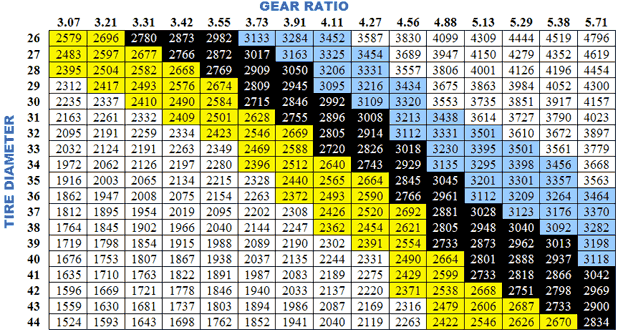 The decoding is given in the speed index table.
The decoding is given in the speed index table.
XL - this characteristic indicates that the tire is reinforced. Its load index is 3 units higher than conventional tires of the same size.
Separately, it is necessary to mention the RunFlat technology, which provides for the strengthening of the sides of the tire. As a result of damage, such a tire does not deflate and sag under the weight of the car, but allows you to drive a certain distance at a certain speed even after a complete loss of pressure. Those. The wheels are provided with additional protection. This quality is marked on tires in different ways - RSC, MOE, AOE - depending on the brand of car.
In addition to the above symbols in the form of letters and numbers, important information is indicated on the tires through colored labels. Below is an interpretation of each of them.
Apply in the lightest part of the tire. When installing a new tire on a rim, the yellow mark should be aligned with the heaviest part of the rim (easy to identify - it always corresponds to the nipple attachment point).
When installing a new tire on a rim, the yellow mark should be aligned with the heaviest part of the rim (easy to identify - it always corresponds to the nipple attachment point).
The label makes it possible to optimize wheel balance and use lighter weights. On used tires, the yellow marking is no longer relevant - tire wear leads to a shift in its balance.
It has the appearance of a red dot on the tire and indicates the location of the maximum deviation of the radial force. At this point, the tire has the largest radius due to the greater number of layers and it is the most rigid. Inhomogeneity of tire plies is normal during tire manufacture.
The red dot on the tires during installation must match the white dot on the rims (note that both marks are placed on the original car tires). The white dots on the rims indicate the location closest to the center of the wheel. Alignment of the red dot on the tires and the white dot on the rims is recommended to reduce the effect of maximum heterogeneity in the tire.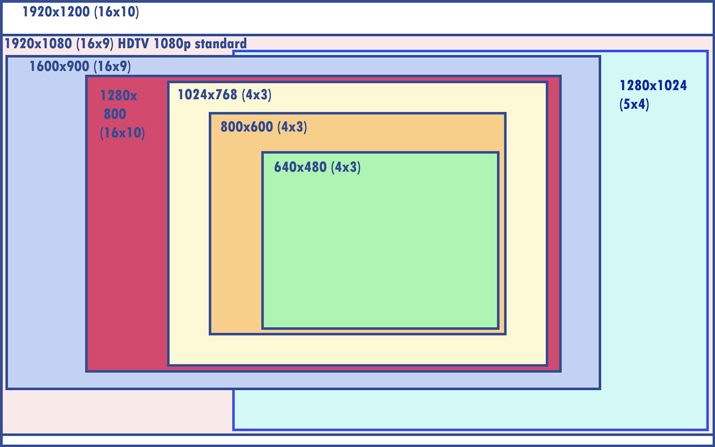 So it is possible to provide a better balance of the power characteristics of the wheel. In conventional tire fitting, one should not attach great importance to the red mark - it is better to focus on the yellow mark, combining it with the nipple.
So it is possible to provide a better balance of the power characteristics of the wheel. In conventional tire fitting, one should not attach great importance to the red mark - it is better to focus on the yellow mark, combining it with the nipple.
Corresponds to the individual number of the inspector conducting the final inspection of the tire at the manufacturing plant. The stamp can also be of other colors, this does not change the meaning of the label.
These designations are applied to the tire tread for easy identification of the tire in stock. For tires of all models and different sizes, this marking is different. There is no single unification of the application of colored stripes. Details on the marking of certain colors on tires are prescribed in the manufacturer's specifications, and can also be indicated on its official website.
Colored stripes make it easy to identify the size and model of a single stack of tires stacked in a warehouse.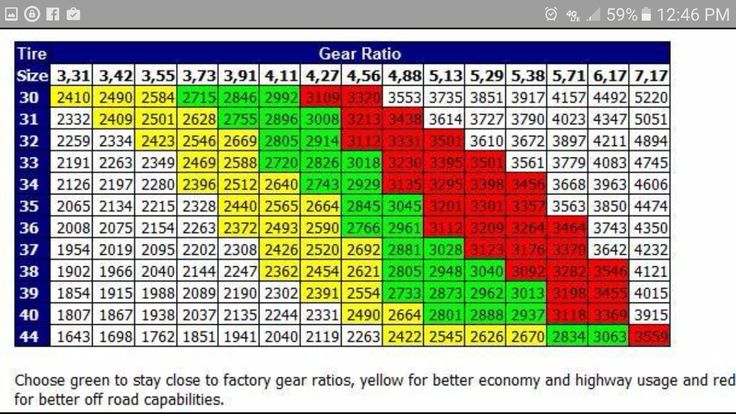 The semantic load of color bars on the bus is unambiguous.
The semantic load of color bars on the bus is unambiguous.
The letter C in the tire marking means that the tires are “reinforced” (added up to 8 reinforcing layers), with a large load factor.
The letter E, circled - compliance with European standards.
DA (stamped) - Minor manufacturing defects, which do not interfere with normal operation.
DOT - compliance with US quality standards.
M + S (mud and snow) - the designation indicates that the tires are all-weather. The designation AS and All seasons are interpreted in the same way.
The snowflake design indicates that the rubber can be used in the most severe winter conditions. In its absence, the tire can only be used in the warm season and in the absence of a large amount of precipitation.
Made in Finland - country of origin.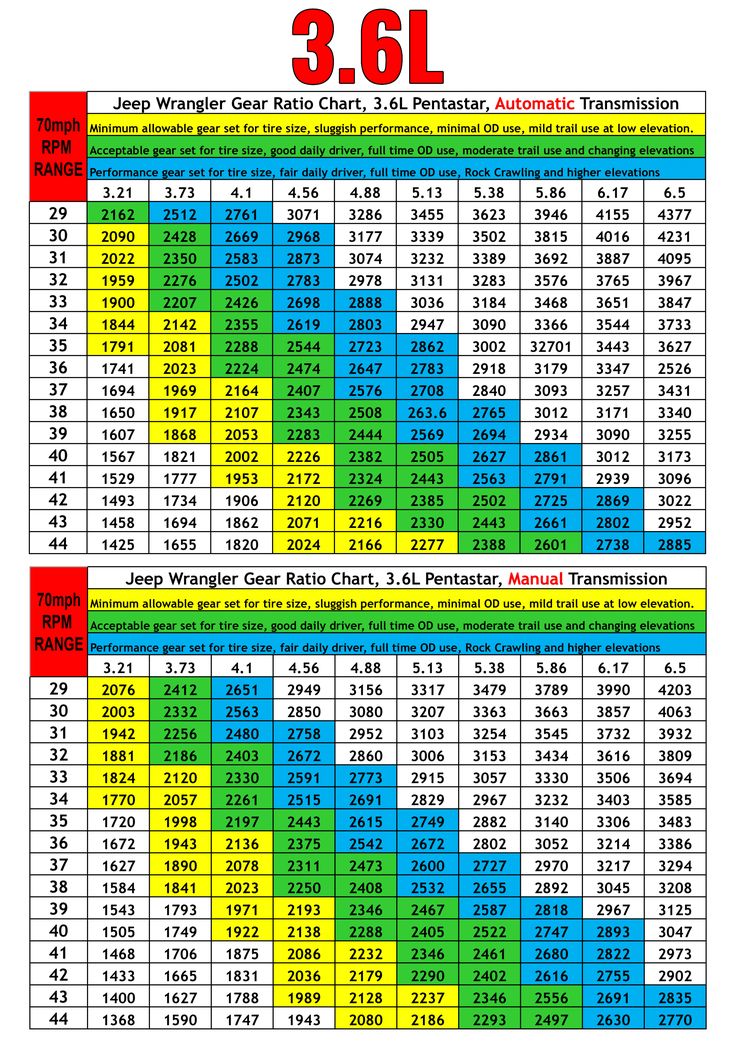
MaxLoad - the maximum permissible load based on each wheel of the machine, in kg.
Max Pressure - the maximum allowable pressure level in the tire, in kPa.
Outside or Side Facing Out and Inside or Side Facing Inwards - indicates tire asymmetry. It is necessary to install with the Outside inscription outward, and the Inside inscription - inward.
 With asymmetric tires: LEFT - the tire is installed on the left side of the car. RIGHT - the tire is installed on the right side of the car.
With asymmetric tires: LEFT - the tire is installed on the left side of the car. RIGHT - the tire is installed on the right side of the car.
Sidewall - composition of the sidewall layer
Tubeless - tubeless tire. If this inscription is not present, then it is possible to use a tire only with a camera.
TubeType - indicates the possibility of operation with a camera only.
Steel - indicates the presence of a metal cord in the tire.
TWI - tread wear indicator specifications. The TWI marking can also be marked with an arrow. Pointers are distributed evenly in 8 or 6 places around the entire circumference of the tire. They indicate the lowest possible tread depth.